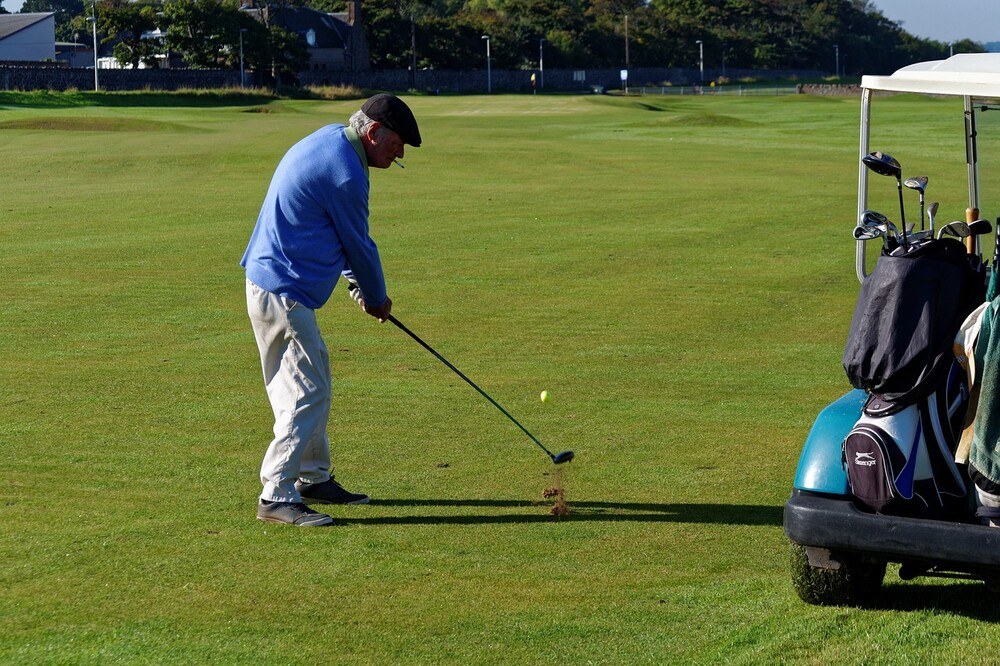One of the most fascinating aspects of golf is the ability to shape shots, allowing players to navigate around obstacles and set up for optimal approaches. Two of the most common shot shapes are the draw and the fade. Mastering these shots can elevate your game to a new level, providing you with more versatility and control on the course. In this blog post, the experts at Philmont Country Club share some techniques and tips that will help you master the draw and fade, enabling you to confidently shape your shots like a seasoned pro.
Understanding the Draw and Fade
Before we dive into the tips, let's briefly understand the draw and fade shots. A draw is a shot that gently curves from right to left (for right-handed golfers) and is preferred when you want the ball to travel around obstacles or land softly on the greens. On the other hand, a fade is a shot that curves from left to right and can be useful when navigating tight fairways or pin positions on the right side.
Grip and Stance
To shape your shots effectively, the proper grip and stance are vital. For a draw, slightly strengthen your grip by rotating both hands clockwise on the handle (for right-handed golfers). This helps promote a closed clubface at impact, encouraging the right-to-left ball flight. Conversely, for a fade, weaken your grip slightly, allowing the clubface to be more open at impact, resulting in a left-to-right shot.
In terms of stance, align your feet, hips, and shoulders slightly to the right of the target line for a draw, and to the left for a fade. This alignment sets the foundation for the intended ball flight.
Swing Path
The swing path heavily influences the direction of your shots. For a draw, focus on an inside-to-outside swing path. Imagine your swing path resembling a path that moves from the inside of the target line at the bottom of your swing and then swings out to the right after impact. This motion imparts side spin on the ball, producing the desired draw.
Conversely, for a fade, work on an outside-to-in swing path. Visualize your swing moving from outside the target line and swinging in towards the target after impact. This swing path puts left-to-right spin on the ball, resulting in a fade.
Ball Position
Positioning the golf ball correctly in your stance is crucial for shaping shots. For a draw, place the ball slightly back in your stance, closer to your right foot (for right-handed golfers). This position encourages a more upward strike on the ball and promotes a draw-inducing clubface angle.
For a fade, position the ball slightly forward in your stance, closer to your left foot. This placement helps create a more level or slightly downward strike, ideal for producing the left-to-right spin characteristic of a fade.
Practice, Practice, Practice
Shaping shots requires practice and patience. Head to the driving range and dedicate time to mastering these techniques. Start with half swings and gradually work up to full swings, focusing on consistent execution. Experiment with different grip strengths, swing paths, and ball positions until you find what works best for you.
Conclusion
Mastering the draw and fade shots adds an exciting dimension to your golf game, allowing you to adapt to various course challenges and make strategic choices. Remember, consistency is key, so take your time to develop a feel for these shots. With practice and dedication, you'll gain the confidence needed to shape your shots like a pro, and your overall game will undoubtedly improve as a result. So, head out to the course, apply these tips, and enjoy the rewarding experience of mastering the draw and fade.


No comments yet